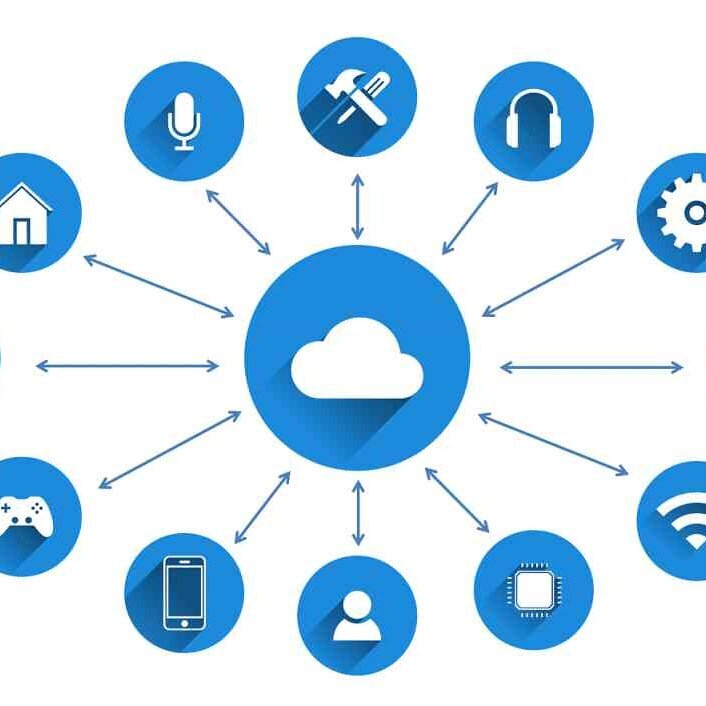1. Improve market entry time
The cloud offers readily available hardware and software infrastructure to quickly develop and deploy healthcare applications, compared to the several months needed to develop and establish an on-premises infrastructure to build applications.
Populations in developing countries can also access health applications from other areas of the world due to the global reach of cloud computing, allowing for the growth of health businesses.
2. Cost savings
Health organizations save costs with the use of cloud computing as they only pay for services they use and do not need to spend on procuring on-premises data centers, hiring a large IT team, or spending on routine maintenance and software upgrades, all of which are handled by CSPs.
There is a long list of features offered by different CSPs; health organizations only use and pay for the services they need at the time and can add or remove features later on.
3. Remote data access and care
Health data can be accessed remotely via the internet at any time, from anywhere, by anyone with the right access using any device, making it possible to integrate and connect all points of health data collection and management – health information technologies, wearables, IoMT, etc.
Physicians can monitor patient vitals from their homes with the help of cloud-connected wearable devices.
4. Improved patient experience
The cloud provides an interconnected network for accessing health data when needed.
Patients can access their data at their convenience for compatible applications, access physicians via telemedicine, and access their health insurance, etc. remotely.
5. Top-tier security
Health data is especially a target for hackers.
CSPs employ high-grade industry-standard security measures like blockchain technology and data encryption to protect data on their platforms.
These measures can be too expensive and manpower-intensive to be used by small health organizations; hence, the cloud is a better alternative to local data centers.
6. Scalability
Health data is big data, cloud computing can handle the ever-growing amount of health data generated daily.
The capacity of the cloud is almost unlimited.
7. Data recovery
Health data is vital information; it must never be lost.
The cloud provides the best option to securely keep health data.
CSPs employ distributed technology that replicates data in their data centers and keeps data safe in case of data compromise in one center.
8. Health data analysis
Cloud computing offers the best ground to incorporate management and analytic tools like artificial intelligence (AI) and machine learning into health data management.
These technologies play huge roles in the analysis of health data to improve patient treatment and enhance operational efficiencies.
9. Interprofessional collaboration
The cloud allows physicians and other health professionals from the same organizations or companies to work together in patient care.
The professionals can access data stored in the cloud without extra communication or involving patients.
General physicians can seek opinions from specialists to improve the accuracy of their diagnosis by allowing the specialists access to patient data in the cloud.
10. Ease Of Interoperability
The cloud promotes interoperability among various segments of the healthcare industry—clinical care, pharmaceuticals, insurance, payments, etc.—thus accelerating healthcare delivery and introducing efficiency in the process.
It allows stakeholder health organizations like the World Health Organization (WHO) access to and uses patient data collated from numerous sources for processing toward developing standard treatment protocols and prescription regimens.
11. Compliance and data protection
Health data management is meant to be done under strict regulations to secure it from unauthorized access and protect the privacy of patients.
Cloud computing offers infrastructure compliant with the common regulatory bodies around the world to collect, store, and manage health data.
Obisesan Damola
Damola is a medical doctor who has worked in the Nigerian healthcare industry for a little over 3 years in a number of primary, secondary, and tertiary hospitals. He is interested in and writes about how technology is helping to shape the healthcare industry. He graduated from the College of Medicine, University of Ibadan, the foremost medical training institution in Nigeria.



